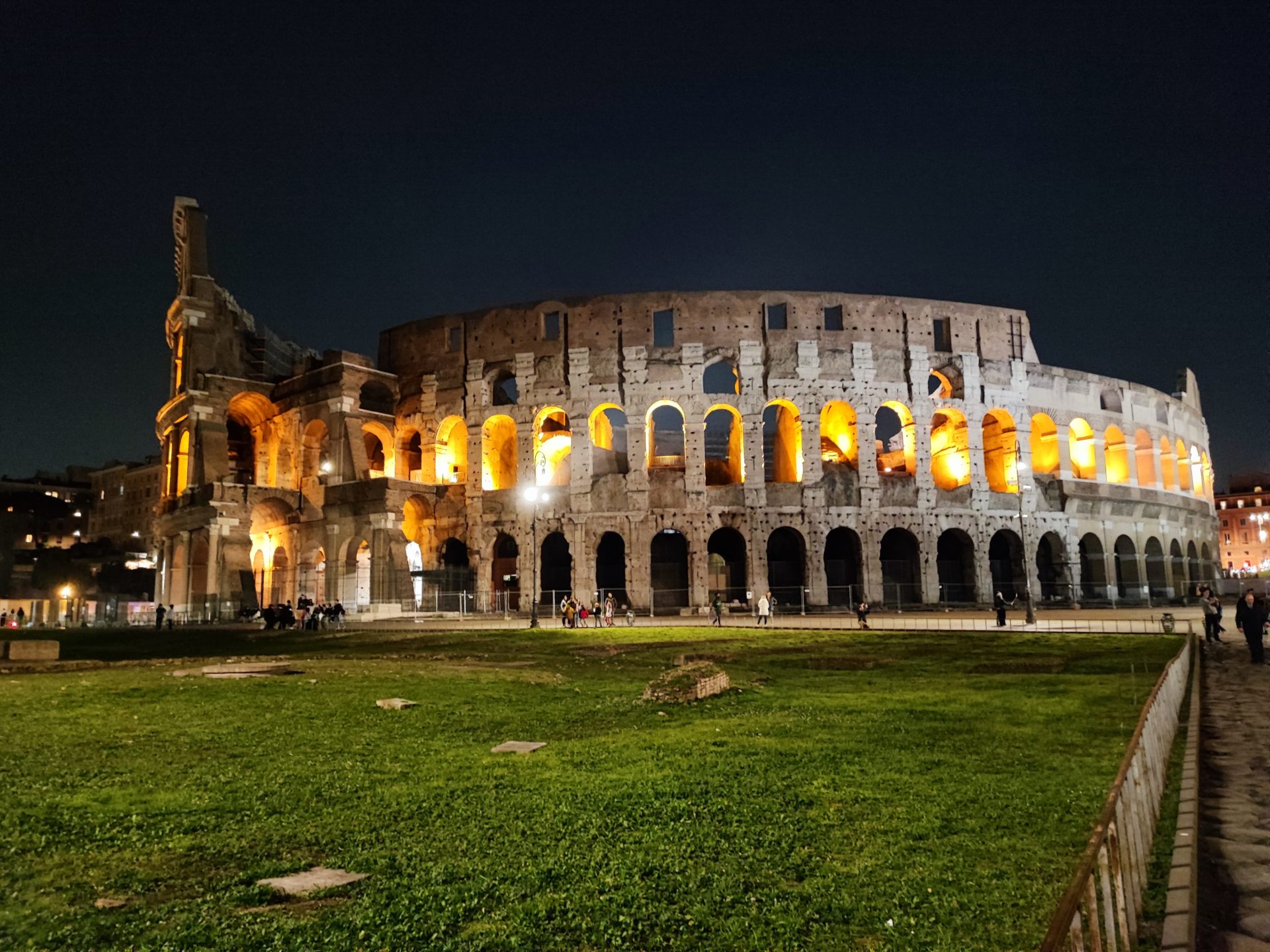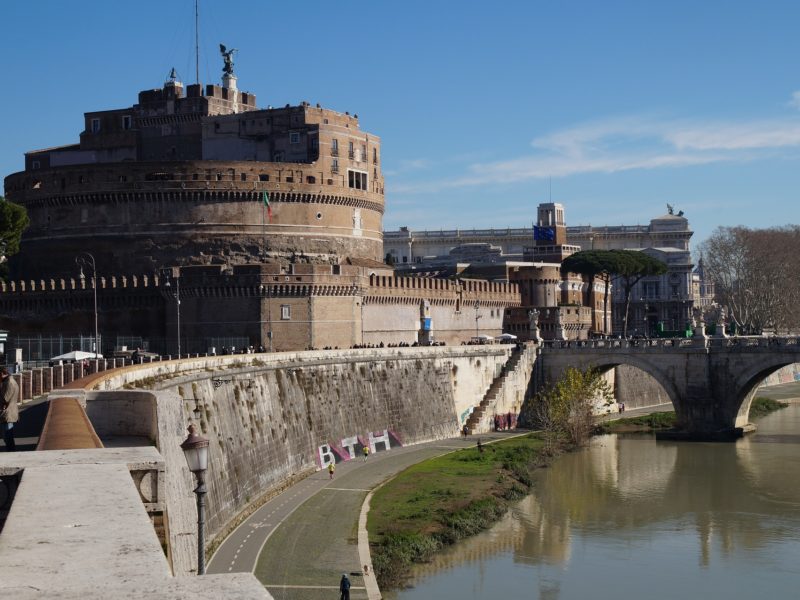The Colosseum is a new wonder of the world and a symbol of the recognized greatness of Ancient RomeThis historic monument was built in 80 AD, and it is one of the most significant, massive, and well-known buildings of the Roman Empire.
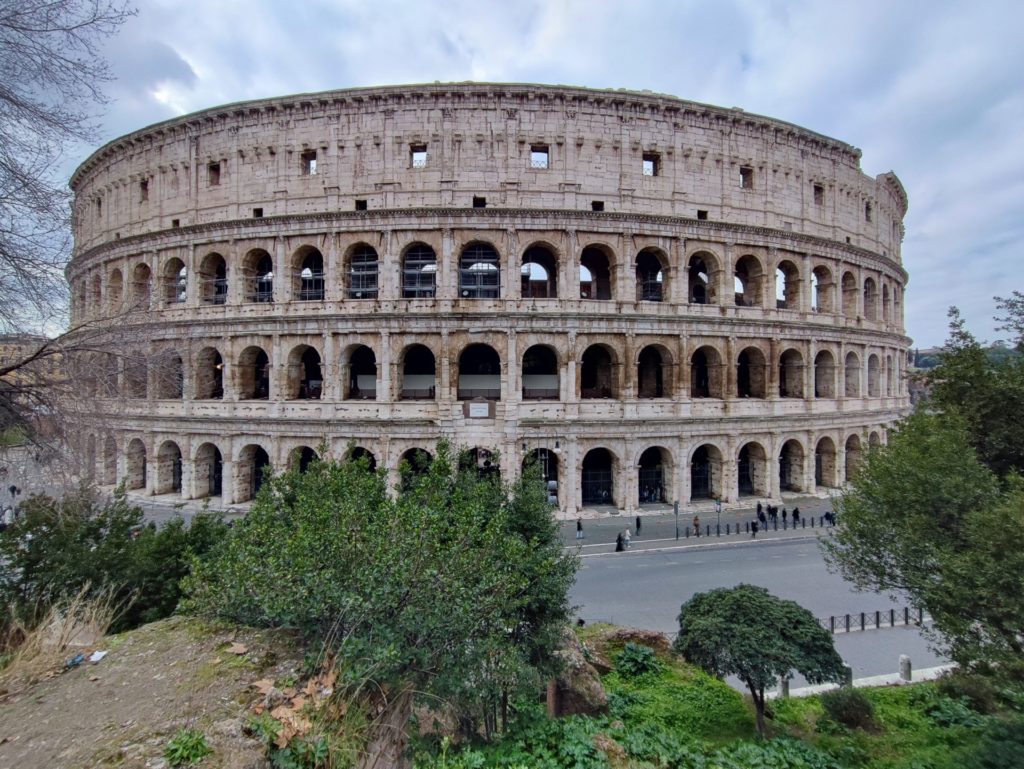
The Colosseum was built to accommodate up to 50,000 spectators and was used for various events such as gladiator battles, national holidays, exotic animal hunts, and dramatic performances. All of these events were extremely popular among Romans and attracted a large number of people from all social classes.
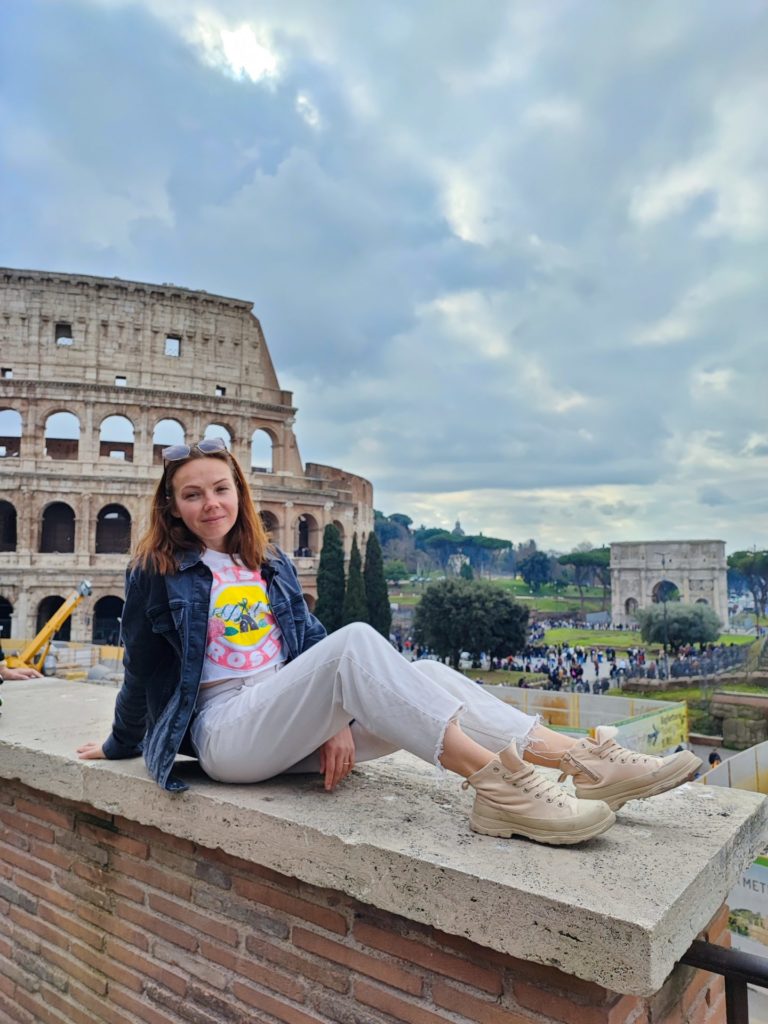
Despite the fact that the Colosseum suffered from earthquakes and was plundered by barbarians at different times, it has remained one of the most significant and beautiful monuments of the Roman Empire. Today, it not only tops the list of the most popular tourist destinations in Rome, but also serves as its associative symbol and annually attracts millions of visitors from around the world. Queues to enter can stretch for a couple of hours during the season, and tickets for entry sell out weeks in advance.
From an architectural point of view, the Colosseum is a huge circular arena surrounded by three rows of triumphal arches that are connected by a colonnade. In ancient times, these arches featured depictions of gods and heroes of Rome, but unfortunately, these statues and frescoes have not survived to this day.
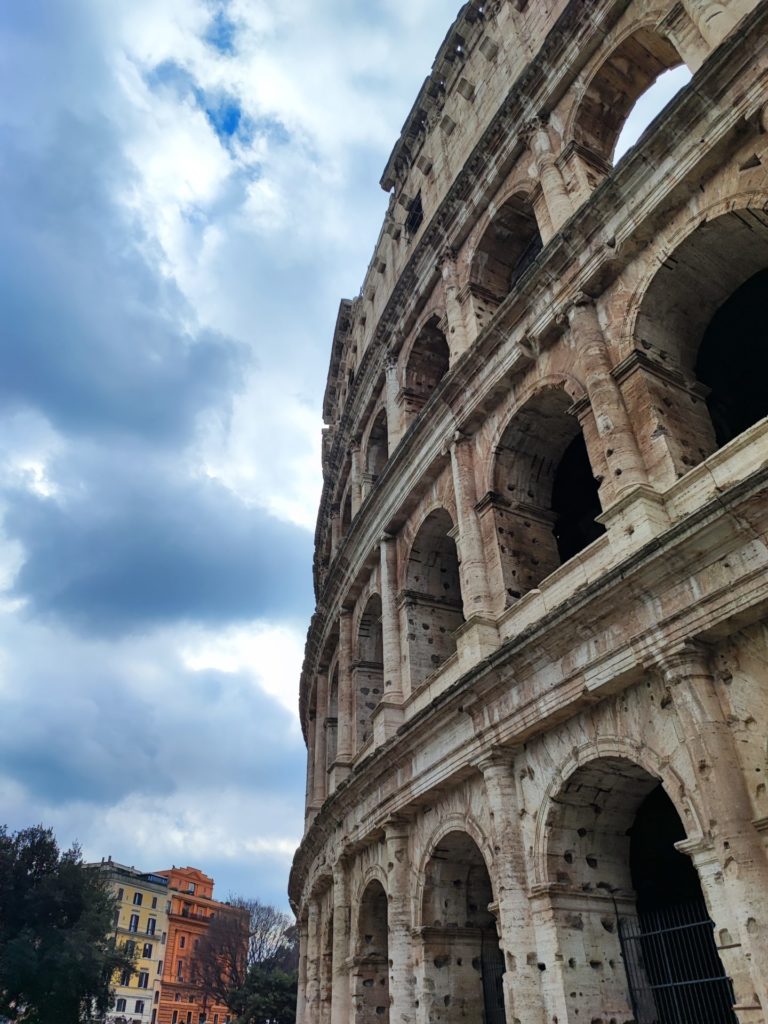
In the interior of the Colosseum, you can see numerous underground corridors and rooms that were used for storing weapons, housing animals brought for slaughter in the arena, and keeping gladiators. In the center of the arena, there was a movable floor that was used to change the landscape and create the effect required for various theatrical shows.
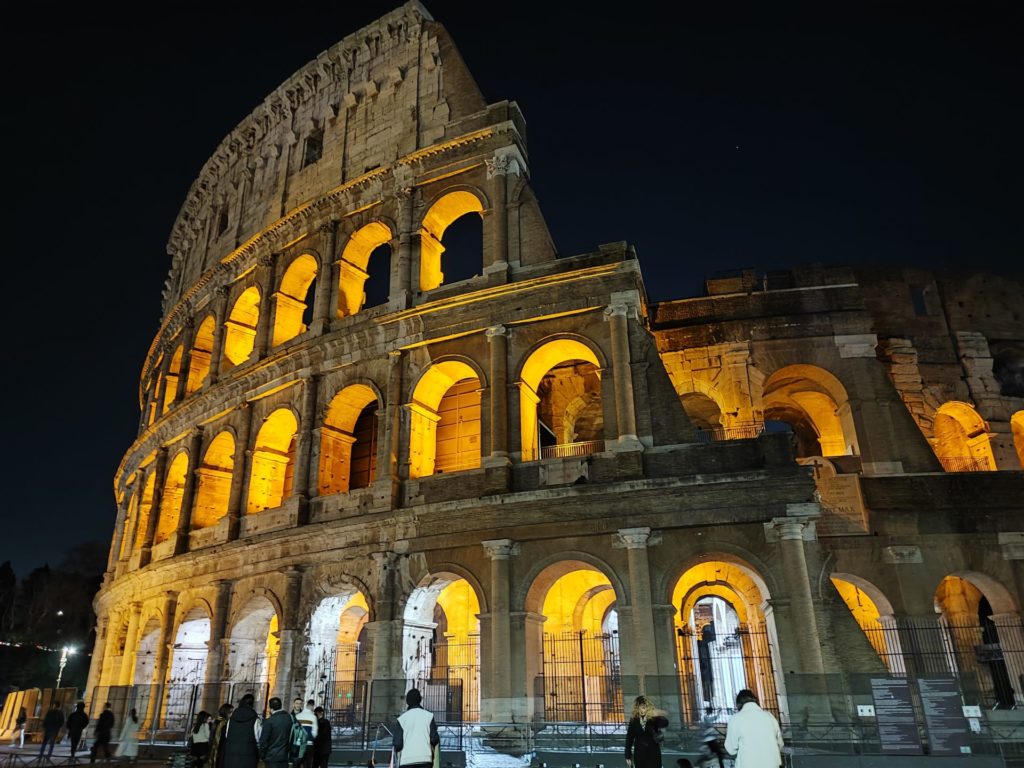
Visiting the Colosseum, beholding this symbol of the rise and fall of one of the greatest empires in human history, is an unforgettable experience that allows one to touch the ancient history of the Roman Empire. It is impossible to imagine a trip to Rome without visiting the Colosseum, which is one of the most famous and impressive monuments in the world.
